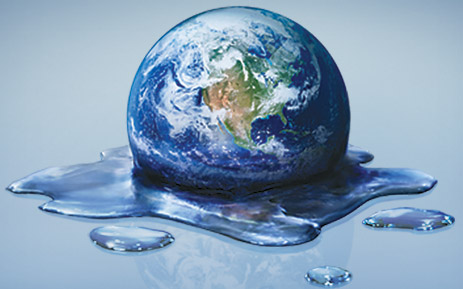
Global temperatures are expected to rise by 1.4 - 5.8° Celsius by 2100. Global temperatures have already risen by 0.6° C above pre-industrial temperatures. [1]
Actually everybody knows about climate change and its potential consequences. You are bombarded with information about it all the time and you can hardly escape from it. There are plenty of advertisments and many discussions about this topic and more and more people question this problem.
But why then has it taken such a long time for awareness of the problem to be raised? Nobody feels responsible for it although there’s such a flood of information. Although you hear all the time that it’s up to you to change something, you don’t realise that you could really contribute to the solution because you can’t see any immediate results. Human beings need to feel under threat to realise the problem and its risks and change their behaviour.
Often panic has to break out to raise awareness. That has happened already in other fields, one example of this is recycling. People needed time to understand that it’s important to recycle their waste, and so today it’s normal and everybody knows about the urgency to behave in an environmetally conscious way.
In my opinion people just need time to understand the problem of climate change and by and by they will start to do their best to cope with the problem.
____
[1] Intergovernmental Panel on Climate Change, 2001.













